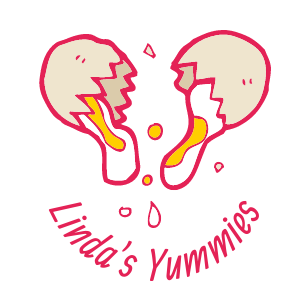Healthy Eating Plate was created by the USDA to help people know what foods to eat in order to eat a balanced diet. Because all foods can fit on a Healthy Eating Plate, the USDA encourages individuals to “fill half their plate with fruits and vegetables, and the other half with a starch, like grains, or with another food group, like dairy or protein.” The Healthy Eating Plate has four food groups: fruit and vegetables, whole grains, proteins and dairy, and fats. This handy guide suggests how to include each food group.
Eating healthy is all about getting the right amount and type of food in the appropriate proportions. In order to do that, you need the proper diet plan consisting of a Healthy Eating Plate. The Academy of Nutrition and Dietetics developed the Healthy Eating Plate to help make it easy for you to understand the principles of healthy eating and to help you plan your meals, whether you are at home or dining out. The Healthy Eating Plate advises consumers to aim for a varied diet, with half their plate made up of vegetables and fruits, one-quarter of their plate filled with grains, and one-quarter of their plate made up of protein.
Quarter Plate Of Wholegrains
Whole grains are a healthy addition to most people’s diets. These are grains that have not been refined and processed, which gives them more fiber, vitamins, and minerals. Whole grains are found in many of your favorite foods, such as whole-wheat bread, brown rice, whole-wheat pasta, oatmeal, and polenta.
Rice and grains, such as wheat, corn, and rice, contain fiber, vitamins, and minerals, which are crucial elements of a balanced diet. When eating rice, it’s essential to eat your grain of choice whole, fiber-rich, or cooked whole. Choose brown rice instead of white rice and enjoy a portion of whole grains cooked with dinner. Whole grains, brown rice, and whole meal pasta all provide essential nutrients, including B vitamins, iron, magnesium, and dietary fiber.
To satisfy hunger, most people need to eat about 1.5 cups of grains per day, according to the National Institutes of Health. These whole grains are complex carbohydrates, which break down slowly and release energy over a long period of time.
Quarter Plate Of Protein (Meat And Others)
Protein is vital to our health, yet it’s the second-most misunderstood nutrient in our diets. Many people don’t realize that protein serves many different functions and our bodies rely on it to build and repair tissues. It’s also responsible for high metabolism, healthy skin, and hormone formation to keep our bodies functioning correctly.
A quarter of your body’s muscle mass is made up of protein. That means consuming plenty of protein in your diet is essential for building muscle and keeping you healthy. Protein-rich foods include meat, dairy, eggs, nuts, seeds, and legumes.
Half Plate Of Fruit & Vegetables
Your plate should be half filled with fruits and vegetables. This includes vegetables like broccoli, cauliflower, carrots, green beans, cucumbers, squash, sweet potatoes, and tomatoes. Fruit includes berries, watermelon, pineapple, cantaloupe, oranges, grapefruit, lemons, and grapefruit, including plenty of fresh leafy greens, dark-green vegetables, and citrus fruits (such as oranges, grapefruits, lemons, and limes). A half plate of fruit or veggies is about the size of a deck of cards.
According to the Academy of Nutrition and Dietetics, eating fruit or vegetables at each meal can help fight heart disease, stroke, Type 2 diabetes, obesity, and other serious illnesses. It can also help lower your risk of getting certain types of cancer. So, what is a half plate of fruit or vegetables? That equals 2/3 cup of fruit or vegetables, and that’s easy to throw in just about any meal.

